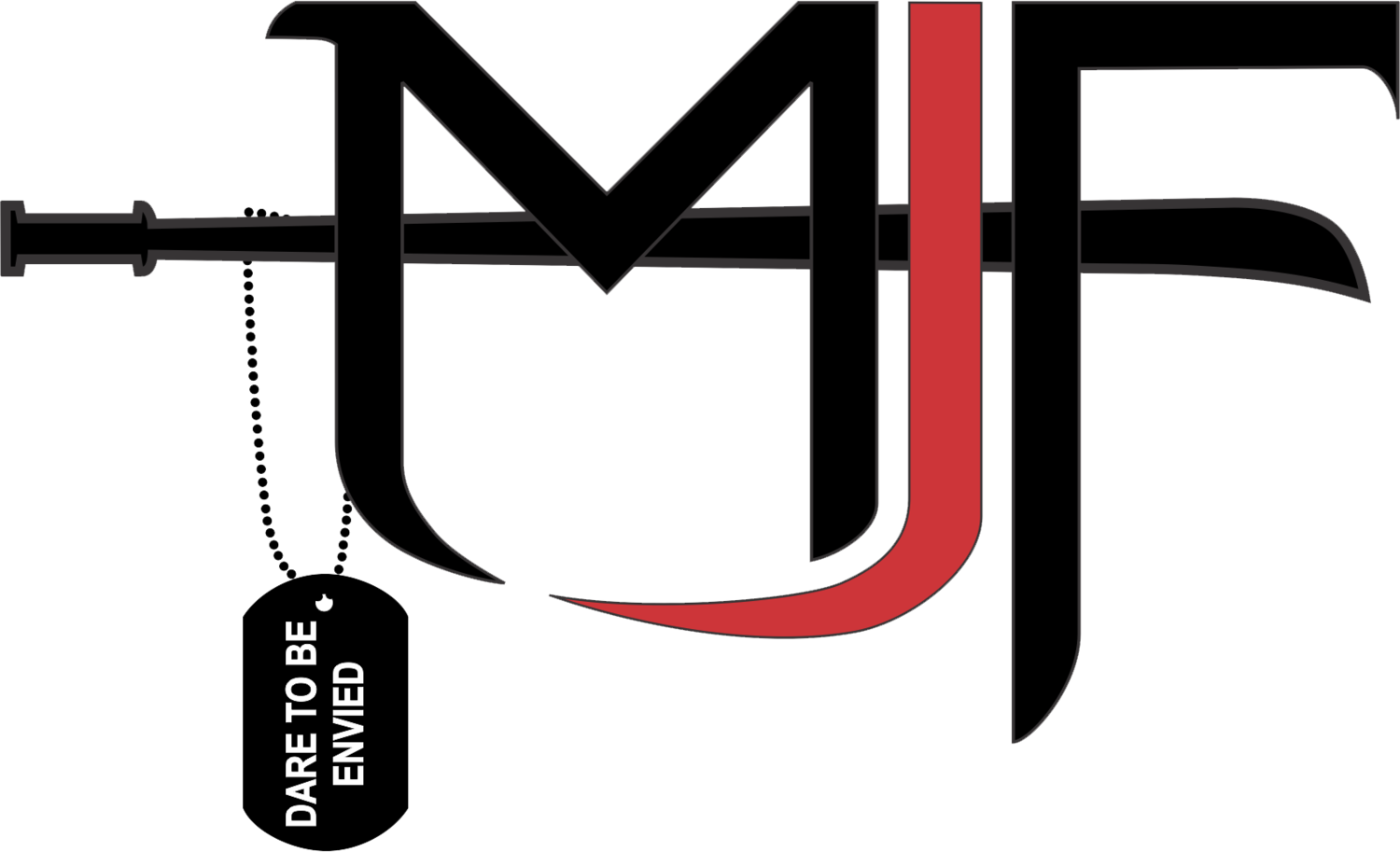
H.i.i.t Training
High Intensity Interval Training
H.I.I.T (HIGH INTENSITY INTERVAL TRAINING)
If you're searching for a New York City fitness trainer who offers affordable, results-driven HIIT training, look no further. With my guidance, you'll experience the benefits of HIIT, including improved metabolism, strength gains, and increased stamina. Let’s work together to take your fitness to the next level. Get started today with NYC's top-rated personal trainer!
Looking to maximize your fitness results with High-Intensity Interval Training (HIIT)? As the best personal trainer in New York, I offer customized HIIT programs that fit your goals and lifestyle. HIIT alternates between bursts of high-intensity effort and recovery periods, making it an efficient way to burn calories, boost endurance, and improve overall cardiovascular health.
As a certified fitness coach in NYC, I specialize in delivering top-rated personal training services tailored to your unique fitness needs. Whether you’re in Manhattan or elsewhere in New York City, I provide private HIIT sessions that range from 4 to 30 minutes, perfect for those seeking a powerful workout in a short amount of time.

FAQs
-
What is HIIT?
HIIT, or High-Intensity Interval Training, is a workout format that alternates short bursts of intense exercise with periods of rest or low-intensity recovery. It’s designed to maximize calorie burn and improve cardiovascular fitness in less time.What are the benefits of HIIT?
Burns a significant amount of calories in a short time.
Boosts metabolism for hours after exercise (afterburn effect).
Improves cardiovascular and muscular endurance.
Increases strength and agility.
Saves time while delivering effective results.
Is HIIT suitable for beginners?
Yes! HIIT workouts can be modified to suit all fitness levels. Beginners can start with shorter intervals and lower intensity before progressing.
-
What does a typical HIIT workout look like?
A typical HIIT workout includes:A warm-up (5-10 minutes of dynamic stretching or light cardio).
Alternating high-intensity intervals (e.g., 30 seconds of sprinting) with low-intensity recovery (e.g., 60 seconds of walking).
A cool-down (stretching and breathing exercises).
How long should a HIIT workout be?
HIIT sessions usually last between 15-30 minutes, making them a time-efficient option for busy schedules.What exercises are used in HIIT?
Common HIIT exercises include:Cardio: Sprints, jump rope, or cycling.
Strength: Burpees, push-ups, or kettlebell swings.
Bodyweight: Jump squats, mountain climbers, or planks.
How many intervals should I do in a HIIT workout?
This depends on your fitness level. Beginners might start with 5-6 intervals, while advanced individuals can aim for 8-12.
-
Can HIIT help with weight loss?
Absolutely! HIIT is one of the most effective workouts for burning calories and fat, even after the session ends, due to its afterburn effect.Does HIIT build muscle?
HIIT primarily targets cardiovascular fitness but can also build and tone muscles, especially when incorporating strength-based exercises like squats or push-ups.How soon can I see results with HIIT?
With consistent effort (2-3 sessions per week), you can start noticing improvements in endurance, strength, and body composition within 4-6 weeks.
-
Is HIIT safe for everyone?
HIIT is generally safe but may not be suitable for individuals with certain medical conditions or injuries. Consult a doctor or fitness professional before starting.How do I avoid injuries during HIIT?
Always warm up before starting.
Use proper form during exercises.
Gradually increase intensity and duration.
Listen to your body and rest as needed.
Can HIIT improve heart health?
Yes! HIIT is excellent for cardiovascular health, as it improves heart rate variability, lowers blood pressure, and boosts overall heart function.
-
How often should I do HIIT?
Beginners should start with 1-2 sessions per week, while advanced individuals can do up to 3-4 sessions. Rest days are crucial for recovery.How long should the high-intensity intervals be?
Intervals typically last between 20-45 seconds, depending on the exercise and your fitness level.How long should the recovery periods be?
Recovery periods can range from 10 seconds to 2 minutes, depending on the intensity of the high-intensity intervals
-
Do I need equipment for HIIT?
HIIT can be done with or without equipment. Bodyweight exercises like burpees and jumping jacks require no equipment, while resistance bands, dumbbells, or kettlebells can add variety.What’s the best equipment for HIIT?
Jump rope
Dumbbells or kettlebells
Resistance bands
Medicine balls
Stationary bike or rowing machine
-
Can I do HIIT at home?
Yes! HIIT is perfect for home workouts as it requires little space and minimal equipment.How does HIIT compare to steady-state cardio?
HIIT burns more calories in less time and boosts metabolism longer than steady-state cardio. However, steady-state cardio may be better for long endurance-building sessions.Can HIIT help with stress relief?
Definitely! HIIT releases endorphins, which improve mood and reduce stress.What should I eat before and after a HIIT workout?
Before: A light meal with carbs and protein for energy (e.g., banana and peanut butter).
After: A balanced meal with protein and carbs to aid recovery (e.g., grilled chicken and sweet potatoes).
-
Can HIIT workouts be customized?
Yes! HIIT can be tailored to your goals, fitness level, and preferences by adjusting the exercises, intervals, and intensity.Can HIIT benefit athletes?
Absolutely! HIIT improves speed, power, and endurance, making it ideal for athletes in various sports.Can I combine HIIT with strength training?
Yes! Combining HIIT with strength training can maximize calorie burn while building muscle and improving overall fitness.
